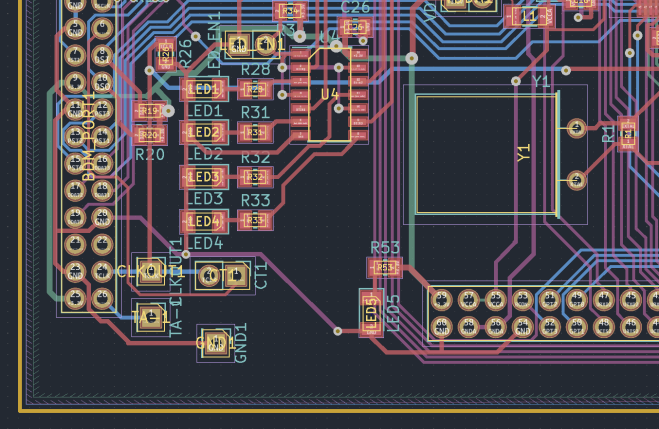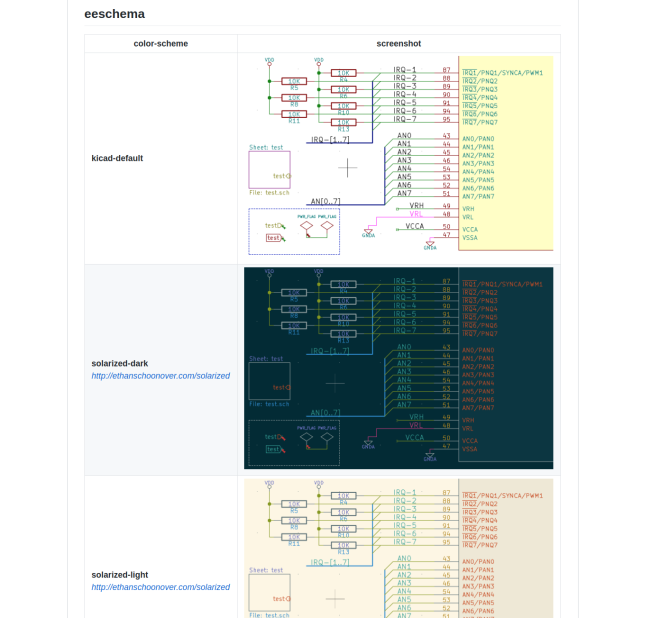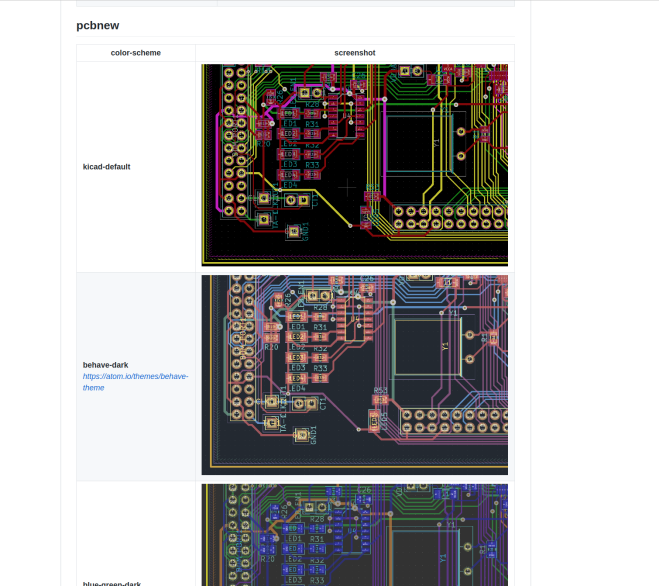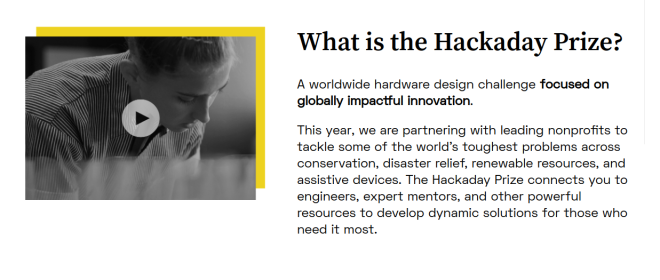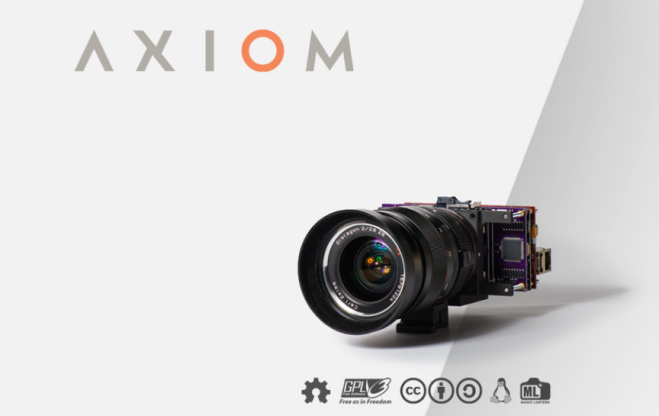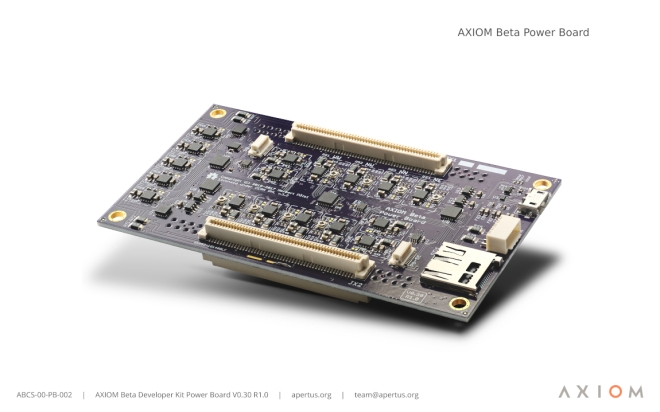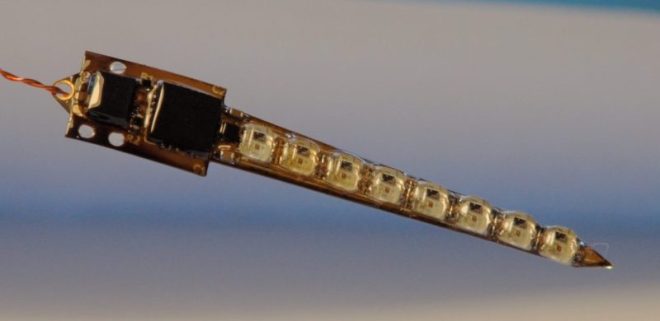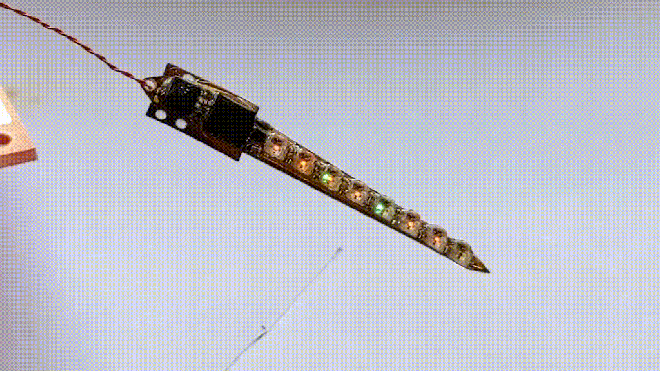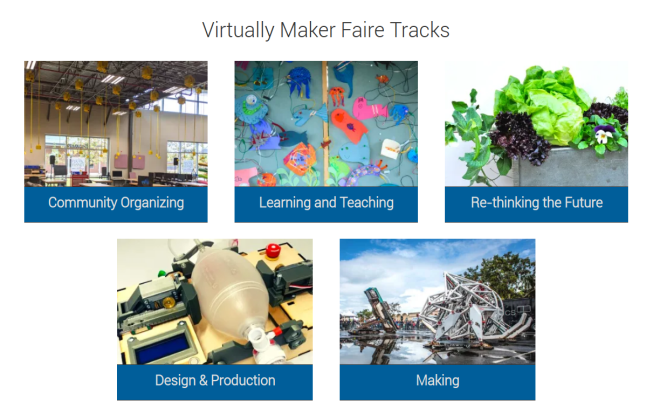When most people think of extinct species, they likely imagine prehistoric creatures such as dinosaurs or woolly mammoths. Extinction is something you read about in history books, nature’s way of removing contestants in the great game of life. It’s a product of a cruel and savage world, and outside of a few remaining fringe cases, something that humanity’s advanced technology has put a stop to.
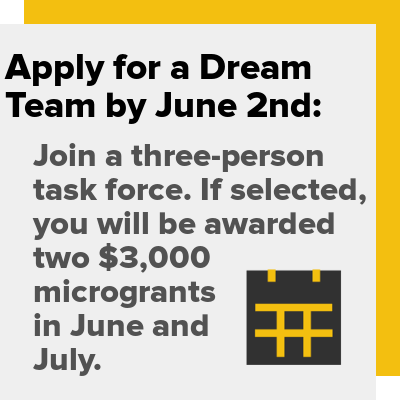 Unfortunately, the truth is far more complicated than that. The planet is currently going through its sixth major extinction event, and this time, it’s our fault. Humanity might not be willfully destroying the natural habitats of the plants, fish, birds, and other lifeforms that have been eradicated, but we’re responsible for it just the same. Humans are an apex predator unlike any the world has ever seen before, and the only force that can stop us is ourselves.
Unfortunately, the truth is far more complicated than that. The planet is currently going through its sixth major extinction event, and this time, it’s our fault. Humanity might not be willfully destroying the natural habitats of the plants, fish, birds, and other lifeforms that have been eradicated, but we’re responsible for it just the same. Humans are an apex predator unlike any the world has ever seen before, and the only force that can stop us is ourselves.
Founded in 2015, Conservation X Labs is devoted to doing everything it can to end this sixth wave of extinction. Unsatisfied with the pace of traditional conservation, they leverage technology and open innovation to develop unique new ways of combating the damage our species has done to life on this planet. After all, it’s the only one we’ve got.
We’ve partnered with this organization to help develop solutions to some of these problems. This includes an open call challenge that anyone can enter, and a Dream Team program that you can get involved with if you act quickly. Let’s take a look at what Conservation X Labs is all about, and what is involved with the challenges at hand.
THE CHALLENGE OF HACKING THE PLANET
With such a worthy goal and their embrace of out-of-the-box thinking, Conservation X Labs was a perfect partner for the 2020 Hackaday Prize. Saving species that have become endangered by human activity requires robust real-world solutions, but if they’re to have any chance at being adopted on a large scale, they need to be deployable at minimal cost and with the least amount of disruption as possible. That can be a difficult balance for large commercial entities to strike, but it’s the sort of thing that the hacking and making community absolutely excels at.
For the 2020 Hackaday Prize, Conservation X Labs has tasked competitors with developing innovative solutions for protecting marine life and combating invasive species. Building hardware that can survive the harsh ocean environment adds an extra dimension of challenge to these entries, and we’re excited to see how the submitted designs take it into account.
According to Sam Kelly, the Conservation Technology Program Manager at Conservation X Labs and mentor for this year’s Hackaday Prize, teams that want to tackle these challenges need to plan ahead if their design is to have any chance of surviving. “Between the salt, weather, pressure, and water, any solution needs to be ready for ingress and corrosion. It is also essential to consider the potential inaccessibility of any deployed device – for both maintenance and communication.”
Teams also have to make special considerations for the end-user. If you’re developing a device that needs to be operated by fishermen on a rocking boat in the middle of the ocean, a tiny touch screen probably isn’t going to work out very well. If it’s too difficult or time consuming to operate, then in all likelihood it just won’t get used.



